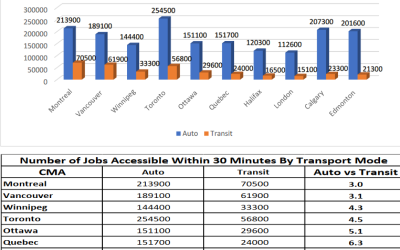There is a rebellion taking place in Manitoba that has again brought aboriginal people together to fight for a common cause. Not since the Red River Rebellion in 1869 have so many Indian or Metis people risen in defiance of legislation meant to disenfranchise them.
A vast majority of commercial fishers are aboriginal and forced to sell their catch to the federal government's Freshwater Fish Marketing Board. After 40 years of stagnation, low returns and the loss of a historical way of life, the winds of change seem to be gaining strength. This change has not only come from aboriginal leadership but from the fishers themselves.
Until recently, people involved in this industry had little or no way of communicating or gaining any consensus. People who lived in rural or remote communities can now communicate via telephone or more importantly, the Internet. This medium has brought profound changes as the average fisher can surf the web and find out how much the free-market system is paying for various species of freshwater fish. In addition, they can now see that "value-adding" to their catch (smoking, marinating and modified atmosphere packaging) can derive not only better returns and longer shelf life, but provide meaningful jobs in their communities.
With a highway blockade at Grand Rapids and a demonstration at the Legislative Building already having taken place this year, the leak of Assessment of Dual Marketing Alternatives for the Freshwater Fish Marketing Corporation will only add to the fishermen's frustration. The fact that it was completed in November 2007 and buried by officials at Fisheries and Oceans for almost nine months draws a lot of suspicion as to why this report was not released.
The 52-page report is a damning indictment of the way the fish board has driven a once-vibrant industry into the ground. It focuses on what most of us know already about fish: It has a short shelf-life. Transporting unprocessed fish from northern communities to the board's processing facility in Transcona just does not make economic sense. Since the board's inception in 1968, communities that were involved in employing thousands of people harvesting, processing and transporting their fish are now welfare states.
The following are excerpts of the report:
The poor quality of fish
"Much of what we heard in interviews attributed marketing problems to the poor quality of fish coming from distant lakes to Transcona. The real issue is the amount of time that it takes fish to reach the Transcona (facility) from the lakes of origin. This is despite general agreement to the introduction of totes to improve quality. While there is little disagreement that quality has improved, there is also little disagreement that, especially for whitefish, quality drops off fast and with it goes the ability to market the product."
The disconnect
"In fact, the most obvious disconnect between many people we spoke to outside of Manitoba and FFMC has to do with marketing whitefish. FFMC told us many times that the desire for dual marketing came from people who want to sell pickerel privately and dump their whitefish on FFMC. People outside of Manitoba told us many times that their focus is on whitefish and that marketing it effectively can't be done after shipping it all the way to Transcona. Examination of the data in the previous section certainly supports that whitefish is the major product of Saskatchewan and the other regions."
The sinking ship
"Despite potentially strong demand for the product, given recent food trends, sales are declining. Selling prices are declining with the value of the Canadian dollar, prices to fishers are declining even faster because of rising transportation costs, and are not high enough to warrant continued fishing in some areas. As a result of this and, in many cases, much more attractive alternatives for fishers in other activities, many are leaving the industry. Production is declining, quota is being unused, even a freight subsidy is being unused, especially in regions distant from Winnipeg, and especially for species other than walleye. This is despite a desire by many in the industry to attract young aboriginals to it as a way to preserve an historical way of life."
The end
"Growing numbers of fishers now believe that the price they receive for their catch would increase if the FFMC were to disappear completely."
Kim Sigurdson is a former fish marketer who believes the FFMC's monopoly should be broken.


